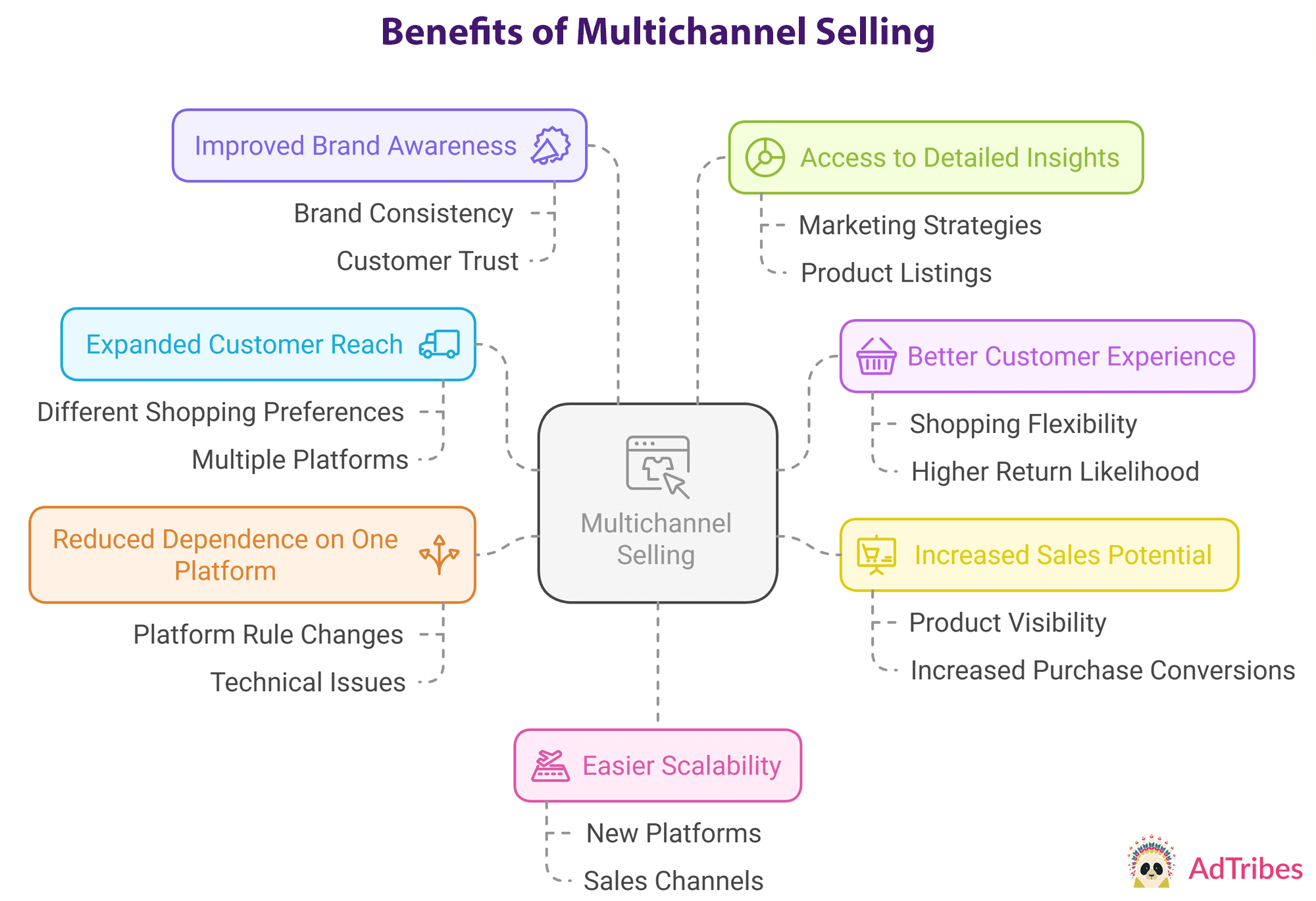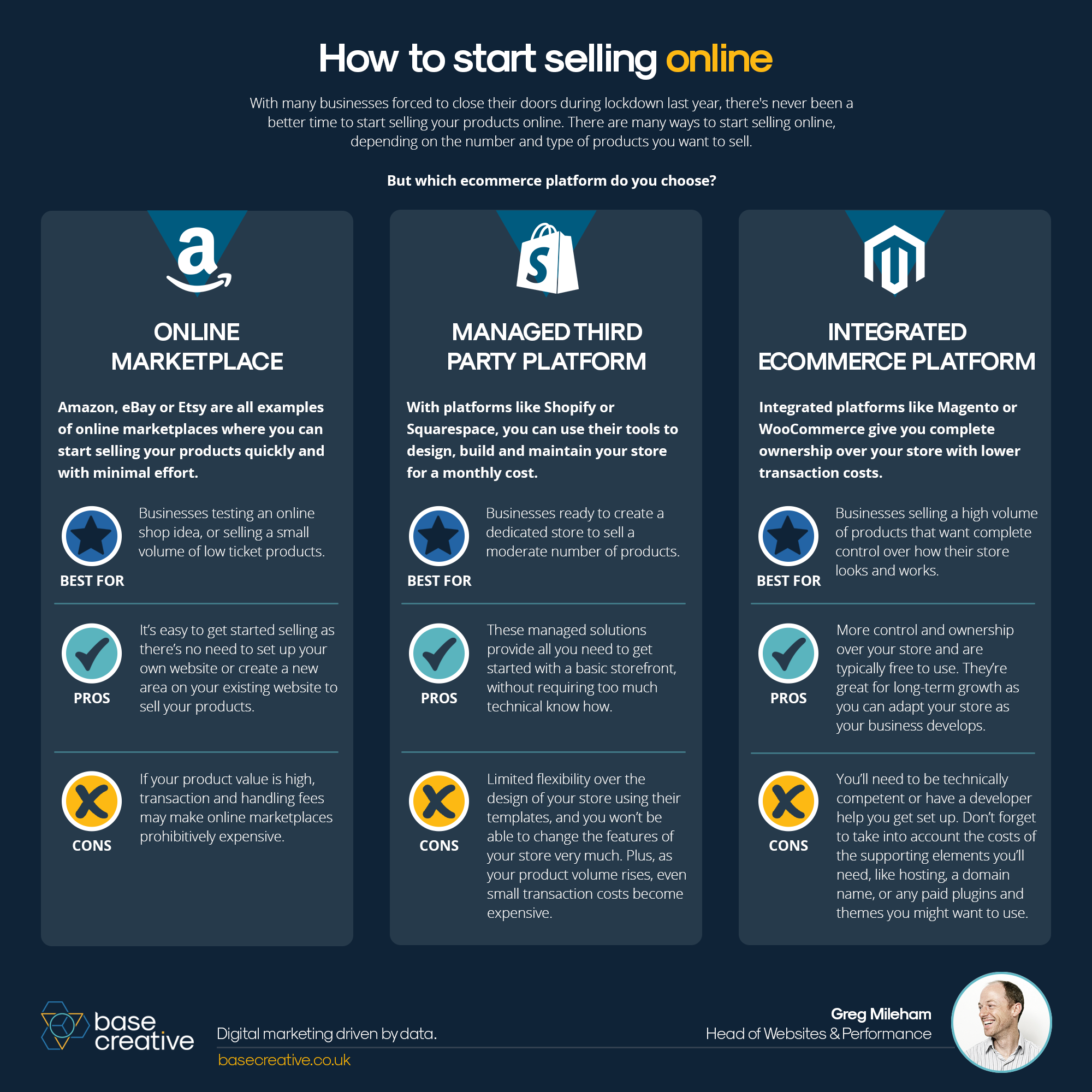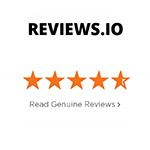Benefits of print on demand
Have you ever dreamed of running your own business, but the complexities of inventory, shipping, and logistics hold you back? Print on demand (POD) might be the perfect solution. This modern business model empowers entrepreneurs to design, sell, and market custom products with minimal upfront investment and zero worries about manufacturing or fulfillment
- By
- 1032 views
- 0 reply
TABLE OF CONTENTS
"I Knew My Store Could Do Better...
But I Didn't Know How"
That's what one of our clients, Jessica, told us. She was running a small mug store on WooCommerce—sales were okay, but stuck.
Until she discovered personalization.
Until she discovered Cmsmart.
Fast-forward 30 days:
- ✅ Her store was redesigned with AI product options
- ✅ Customers could design their own mugs with 3D preview
- ✅ AOV jumped by 42% — and she finally felt in control
Want to learn how she did it (and how you can too)?
🎓 Join our FREE 30-Day Email Course:
"Personalize, Launch & Scale – The Smart Ecommerce Way"
You'll get:
- ✔ 1 lesson a day, straight to your inbox
- ✔ Real store examples, demos & playbooks
- ✔ No tech jargon. Just strategy that works.
Join thousands of store owners learning how to scale smarter.
Cmsmart Services
🎉 You're In! Thank You!
We've received your information and you're now part of our smart ecommerce journey.
Please check your inbox – your first email from the 30-Day Course is on its way!
📩 Didn't see it? Check your spam or promotions tab and mark us as safe.
We're excited to help you personalize, launch, and scale your store – the smart way.
TABLE OF CONTENTS
Related Post
Imagine a world where your products are just a click away for customers, regardless of where they choose to shop. According to a recent report by Statista, a staggering...
Did you know that eCommerce sales are projected to reach a staggering $8 trillion by 2027? In a world where high transaction fees and limited flexibility can cripple potential...
Imagine doubling your conversion rates simply by understanding and implementing the latest trends in eCommerce - sounds exciting, right? In a 2022 report, it was highlighted that the global...
Other Usefull Contents
You can see many success stories from our customers, and you may be one of them in the future












Print on demand is more and more popular, it is known as drop shipping. You can sell products on your website or on the print on demand e-commerce platforms. Then if your customers order, the print on demand providers will print and deliver your product to them. After completing the order, you will receive a commission from the providers.
Print on demand is considered the easiest business model to startup. But many sellers still fluctuate because they don't understand the benefits of print on demand as well as they scare of the challenges of it.
In this article, we'll explore the many benefits of print on demand, as well as the potential hurdles, to give you the complete picture and help you decide if this is the right venture for you.
What Is Print on Demand?
Print on demand (POD) allows you to sell custom-designed products online without needing to handle the production process. When a customer places an order, the product is printed and shipped directly by a POD provider. After each sale, you receive a commission, while the provider takes care of everything from printing to packaging.
Though POD is widely regarded as one of the easiest business models to start, many entrepreneurs struggle because they don't fully understand its advantages and challenges. Let's take a closer look at the key benefits, along with the potential obstacles, to help you navigate this business model successfully.
5 Major Benefits of Running a Print on Demand Business
While there are countless perks to running a POD business, here are the five most compelling reasons why you might want to jump in.
1. A Low-Cost, Hassle-Free Startup
The best part about starting a print on demand business is how easy it is to begin. All you need is an account with a POD platform, and you're ready to go. Setting up is quick and affordable, and you don’t need any special skills. You can start creating and uploading your designs in no time, which makes this model ideal for beginners.
First, you just create an account on a print on demand e-commerce platform. It takes a minute to do. So you can design your printing products and upload it on the e-commerce platform. Now you can start selling your products easily and do not require more knowledge. And you don’t need to invest more money too, because what you have to do like register an account on the platform or upload your design is cheap.
With no hefty investments required for inventory or equipment, you can focus on building your brand and marketing your products without the financial risk that comes with traditional business models.
2. Zero Inventory & No Shipping Nightmares
One of the biggest advantages of POD is that you don't have to worry about storing inventory, managing stock levels, or dealing with shipping logistics. Your job is to design and sell your products. Your POD provider handles production, packaging, and shipping directly to your customers.
This means you can run your business with minimal overhead costs and avoid the headaches of managing fulfillment. It's the perfect solution for entrepreneurs with limited space, time, or financial resources.
3. Spend More Time on What You Love
Running a POD business means you can focus on what matters most to you—designing great products, marketing your brand, and growing your customer base. Since the POD provider takes care of production and order fulfillment, you don't have to spend time worrying about manufacturing issues or shipping delays.
Nothing will be better than print on demand, it is a type of business that allows you to start but don't need more resources.This gives you the freedom to nurture your business in the areas where you excel, and leave the operational details to your trusted partner. It's a business model that lets you focus on creativity and growth, rather than logistics.
4. Build a Brand Without the Overhead
POD makes it possible to create and promote a brand without the need for large-scale production facilities or warehouses. You can design your products with your logo, unique graphics, and other brand elements, and then start selling them right away.
This model allows you to grow your brand on your own terms. There's no need to worry about paying for production, packing, or shipping, so you can reinvest your earnings into marketing and expanding your brand presence. With POD, you control your brand's identity and reputation, all while keeping costs low.
5. Global Reach, No Borders
In the traditional business model, scaling globally involves significant investment in logistics, warehouses, and distribution. With POD, you can easily expand your reach to international markets. Your POD provider handles everything from local production to international shipping, meaning you don’t need to worry about setting up factories or delivery networks abroad.
How it work: In the traditional form of business, if you want to expand your market you must invest your resource in building factories or delivering in the new market. But in print on demand, production or delivery to a different country will be taken care of print on demand providers. You just register and connect with local print on demand providers. Nothing is greatest than it, this advantage gives you the opportunity to reach more customers, and make your company stronger.
This global reach allows you to tap into new markets effortlessly, growing your business while the logistics are managed by your POD provider. It's the perfect model for ambitious entrepreneurs who want to build a worldwide brand.
See more How to start a print on demand business – The Comprehensive Guide
Data-Driven Insights into the Print on Demand Industry
The print on demand market is booming, with impressive growth projections. In 2023, the market was valued at approximately $8.05 billion and is expected to reach $10.21 billion by 2024, growing at a CAGR of 26.9% (Precedence Research)(Grand View Research). As e-commerce continues to expand, the demand for customized products, particularly in apparel, home décor, and accessories, remains strong. For instance, apparel alone represented 37.5% of the total POD market in 2023 (Dropshipping.com).
This growth is fueled by a rising interest in personalized items, with 36% of consumers expecting customization in their products and 48% willing to wait longer for personalized goods (Printful).The rapid rise of e-commerce and mobile shopping has also contributed to this trend, making POD a highly accessible and scalable business model for entrepreneurs worldwide.
Moreover, North America continues to dominate the market, accounting for 40% of global sales, while the Asia-Pacific region is experiencing the highest growth, with a CAGR of 27.5%. (Market.us)
These insights suggest that the POD industry is not only expanding rapidly but also offering significant opportunities for new entrants to capitalize on diverse markets.
Challenges to Consider Before Starting Your Print on Demand Business
While print on demand is undoubtedly an attractive business model, it's not without its challenges. Here are some potential obstacles to consider as you plan your POD venture:
1. Limited Control Over Product Quality
Since the POD provider handles production, you don’t have complete control over the quality of the products. Things like ink quality, print precision, and material consistency depend entirely on the provider. This makes it essential to choose a reputable POD partner and test samples before launching your store.
By ensuring the quality of your products meets your standards, you can safeguard your brand’s reputation and provide a better customer experience.
2. Longer Production and Delivery Times
One of the trade-offs of print on demand is longer production and shipping times. Unlike businesses that ship pre-made products, POD involves a process that includes printing, packaging, and delivery. Each of these steps takes time, and delays can occur during production, potentially extending delivery times.
Managing customer expectations is key here. While delays are inevitable, setting clear expectations on your website and communicating with your customers can help mitigate frustration.
3. Lower Profit Margins
Because you’re sharing a portion of the sale with your POD provider, the profit margins tend to be lower compared to traditional businesses where you control all aspects of the process. However, this trade-off is balanced by the fact that you don’t have to invest in inventory, warehouses, or staff to manage production and shipping.
The lower margins might feel discouraging at first, but with the right pricing strategy and a strong focus on marketing, you can still achieve significant profitability as you scale your business.
4. Divided Responsibility for Order Fulfillment
In a POD business, responsibility for fulfilling customer orders is shared between you (the designer and marketer) and your POD provider (the producer and shipper). This division of labor means that if something goes wrong on your provider’s end—such as printing errors or delays—your entire order fulfillment process could be affected.
Choosing a reliable POD provider is crucial. Establishing strong communication and maintaining a backup plan can help you mitigate any disruptions in your order process.
Cmsmart: Your Partner in Print on Demand Solutions
At Cmsmart, we understand the complexities of launching and running a successful print on demand business. As a leading provider of e-commerce solutions, we offer comprehensive tools, technology, and support tailored to POD entrepreneurs. From seamless integration with e-commerce platforms to customizable solutions that fit your unique business needs, we provide the technology and expertise you need to succeed.
Whether you're looking to design your store, manage inventory, or streamline your fulfillment process, Cmsmart's solutions are designed to help you scale quickly and efficiently. With over a decade of experience supporting businesses in the e-commerce and print on demand industries, we are your trusted partner for navigating the POD landscape.
Your Next Steps Toward a Successful POD Venture
The above is our analysis of the advantages and disadvantages of starting selling print on demand products, hope the information we provide will help you better understand the print on demand. Being aware of the advantages and challenges will help you have the correct strategies in the future. There are many benefits and challenges with print on demand. It's important to consider both aspects, rather than focusing solely on one or the other. So we hope you can have the correct decision for your business.
By understanding the advantages and risks of POD, you’ll be better prepared to make informed decisions and avoid common pitfalls. Embrace the freedom that comes with POD, focus on what you do best, and with the right support, you can turn your passion into a thriving, sustainable business.
To start a print on demand business, you will be faced with many problems, and some of them you maybe can solve yourself, so you need a partner that helps you manage these problems. With 12 years of experience in supporting businesses in the printing industry, we are experts who will provide you with the most effective solution. Contact us to get a consultant from our team support, we are willing to help you!
See more: Top Print On Demand Products Ideas To Sell - Updated